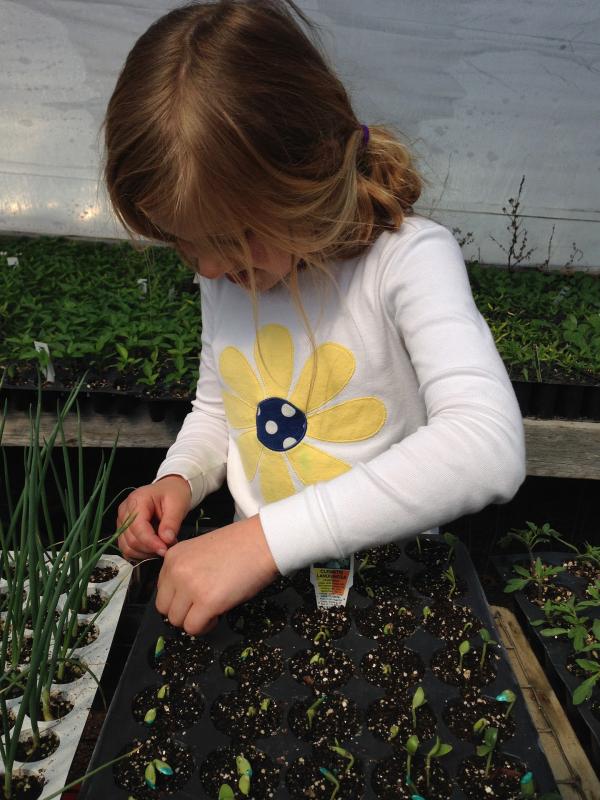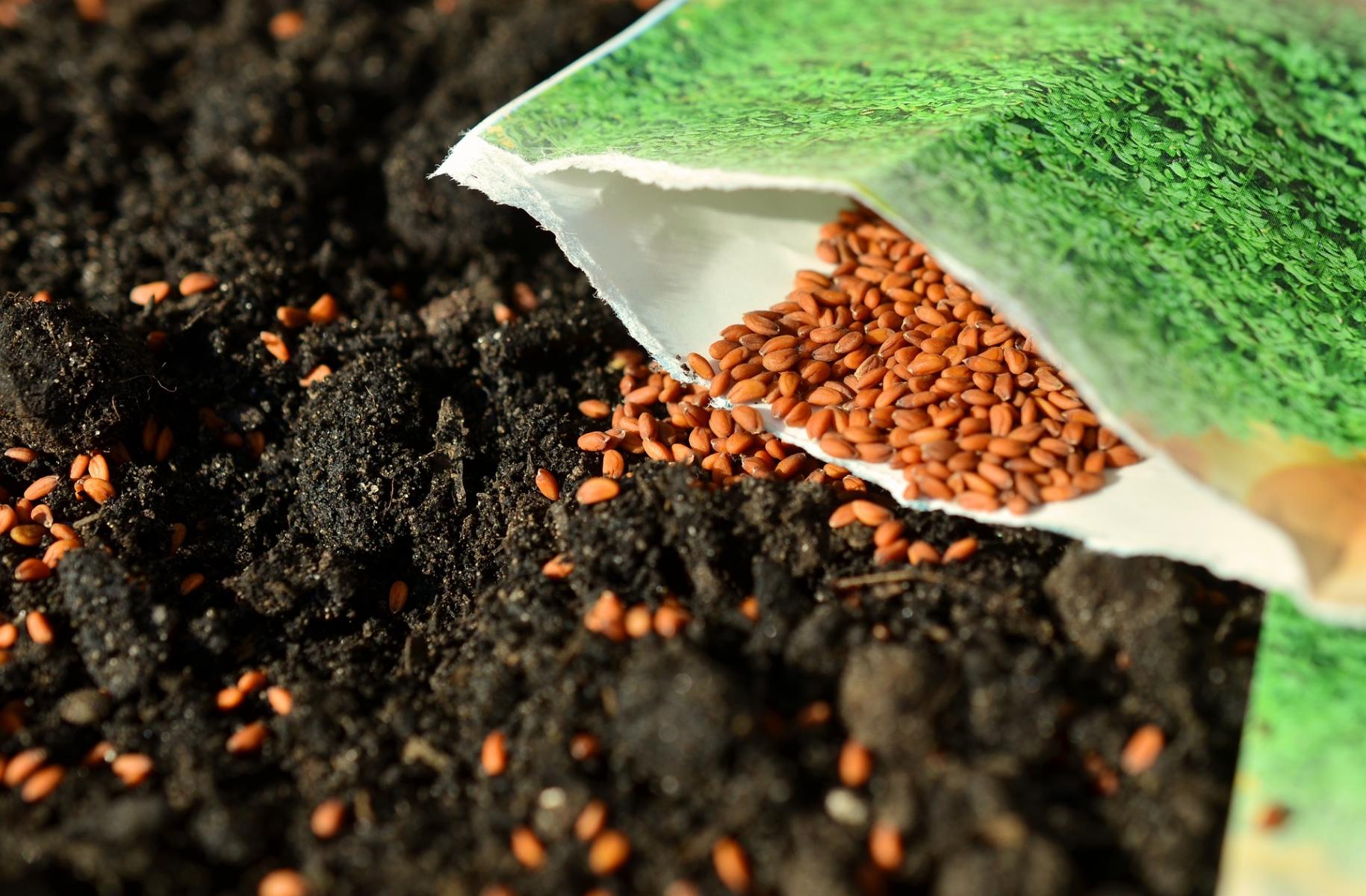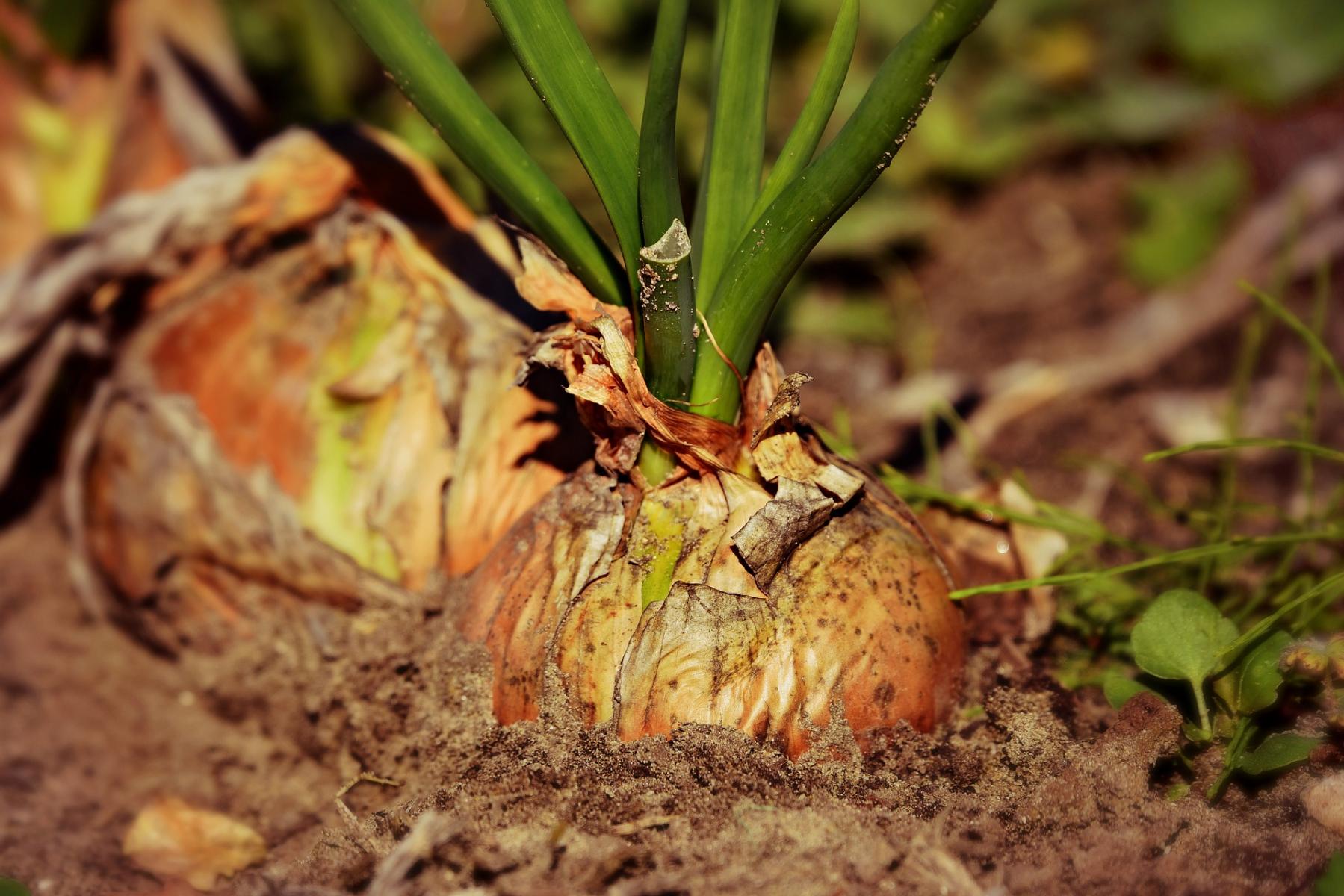
This is a great time of year for gardeners – the mailbox is full of seed and plant catalogs, and we get the joy of considering hundreds of new plants we could try in our gardens this year. Here are some tips to keep in mind as you peruse your catalogs and decide which plants to try in your garden this summer.
Purchase from a Reputable Company
Ask gardening friends for their recommendations on seed companies or check out the National Garden Bureau’s retail members.This ensures you get fresh seeds with a good germination percentage, plants in good condition after shipping and good customer service.
Some companies specialize in specific types of plants, which can be great if you’re looking for a really deep selection of tomatoes (Totally Tomatoes), more choices in onions than the red or white sets you find at the garden centers in spring (Dixondale Farms) or only heirloom plants (Baker Creek Heirloom Seeds).
 Order EarlyDon’t miss out on your preferred choices – order early!
Order EarlyDon’t miss out on your preferred choices – order early!
Don’t Take on Too Much
A small, well-tended garden is more productive than a large weedy one. Don’t let winter pre-garden season enthusiasm trick you into ordering too much. Be realistic about how much work the garden will be in July and August when it’s 95°F + degrees outside. How much weeding and harvesting can you do?
But do buy all the seed you need for the entire year. Typically multiple plantings are required for continuous harvest of lettuce, beans or cucumbers throughout the summer. Popular cultivars sell out fast; don’t expect them to still be available by early summer. Remember to buy seed for a fall garden, too. Cool crops like cabbage and kale are great for the cooler days of fall.
Some seeds can be saved for a few years and still have a good germination percentage. Learn more about seed storage- Vegetable Garden Seed Storage and Germination Requirements.
Hybrids vs. Heirlooms?
There are lots of choices. Bush beans or pole beans? Green beans or yellow beans? Standard round-podded snap beans or the flat Italian type? Hybrid or open-pollinated varieties? The price difference between hybrid and standard varieties of the same crop may be significant. The obvious question is "Why should I pay the higher price for the hybrid when the standard variety is a proven performer?"
That higher price stems from the years of exacting work that it takes to produce a new hybrid. Carefully chosen parent plants must be cross-pollinated by hand to try to produce offspring with special characteristics, such as disease resistance, lack of seeds (think cucumbers) or plants with a certain growth habit. Then the resulting seed has to be grown out and the plants evaluated. The right combination may not occur the first time; finding it may take years. Then the developer has to produce sufficient seed to meet projected demand.
With open-pollinated varieties, the process is a bit simpler: plant it in a field, let the wind or insects move pollen around, and harvest the resulting seed.
So, how do you choose? Gardeners who want to harvest seed from this year's garden to plant next year will want to stick with open-pollinated heirloom varieties. These plants "breed true" -- that is, the plants grown from the seed they produce will be very similar to the parent plants.
Seeds harvested from hybrids, on the other hand, typically produce plants very unlike their parents. The results, though interesting, are unpredictable and often disappointing. When hybrids cross-pollinate, their more desirable characteristics may be lost in the shuffling of genetic material.
The desirable characteristics of hybrids often include uniformity -- in plant size and habit, flowering and fruiting times, flower color and fruit size -- improved disease resistance and wider adaptability to environmental stress. All of these together translate into healthier, more productive plants. If you consistently have problems with a disease in your garden, such as tomato spotted wilt virus or powdery mildew, a cultivar with resistance will make your garden easier to maintain.
 If you buy fresh seed every year and want the most productive, least problem-prone garden, hybrids are probably the way to go. If you want to save seed from this year’s garden to plant next year, open-pollinated varieties would be a better choice. Vegetables usually available as open-pollinated varieties include snap beans, snap peas, English peas, popcorn, ornamental corn, sweet corn, lettuce, cabbage, beets, carrots, cauliflower, cucumbers, eggplant, onions, leeks, radishes, peppers, tomatoes, pumpkins, watermelons and herbs.
If you buy fresh seed every year and want the most productive, least problem-prone garden, hybrids are probably the way to go. If you want to save seed from this year’s garden to plant next year, open-pollinated varieties would be a better choice. Vegetables usually available as open-pollinated varieties include snap beans, snap peas, English peas, popcorn, ornamental corn, sweet corn, lettuce, cabbage, beets, carrots, cauliflower, cucumbers, eggplant, onions, leeks, radishes, peppers, tomatoes, pumpkins, watermelons and herbs.
 Some catalogs list hybrids and standard varieties separately; others indicate hybrids by placing "F1" after the names. Which should you choose? Why not both?
Some catalogs list hybrids and standard varieties separately; others indicate hybrids by placing "F1" after the names. Which should you choose? Why not both?
Final Note
Did you hear about mysterious seed packets that arrived in many people’s mailboxes in summer 2021? About 95% of these packages came from China and may have been part of a “brushing” scam. If you receive plants or seeds from any company from which you didn’t order, don’t plant them. Throw them away.
Selected Vegetable Cultivars for Nebraska, Nebraska Extension
Reference to commercial companies is made with the understanding that no discrimination is intended and no endorsement by Nebraska Extension is implied. Mention does not imply approval or constitute endorsement by Nebraska Extension. Nor does it imply discrimination against other similar products.
- Seed packet, Pixabay.com.
- 'Diva' cucumber, burp-less nearly seedless hybrid cucumber. Image from Gurney Seed.
- Onion in garden, Pixabay.com.